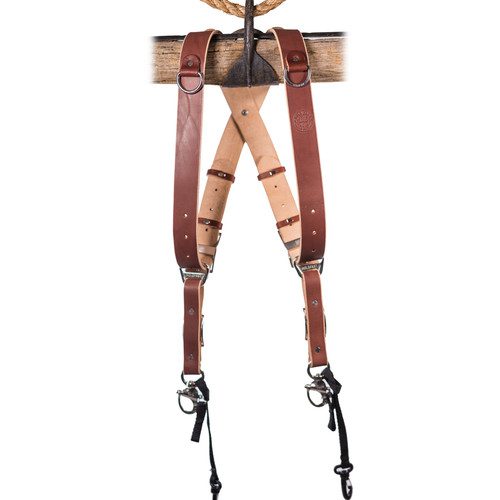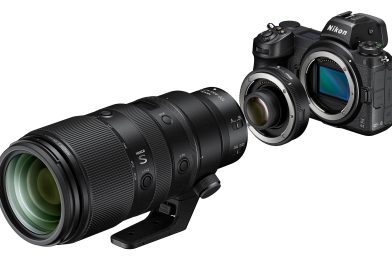As a photographer, I’ve continually upgraded my gear over the years, but there’s one area where I’ve been slower to make changes: lenses. Unlike camera bodies, manufacturers don’t update lenses as frequently. I bought a converter to use my existing lenses when transitioning from DSLR to mirrorless cameras. My philosophy has always been to avoid debt and only purchase equipment with cash.
Early in my career, I didn’t drive the best cars. Occasionally, I had to rely on credit cards for repairs, which taught me the importance of saving. You can’t always predict disasters, so I understand when borrowing is necessary.
When I started freelancing full-time, I invested in some Sigma lenses. They were affordable and performed well. Notable lenses included the 120-300mm ƒ/2.8 Sport and the 35mm ƒ/1.4 Art lens. When I switched to Nikon Mirrorless, other brands weren’t making lenses for the Z mount, so I began transitioning to Nikon S lenses.

Andy Dunaway, my Nikon representative, recommended the NIKKOR Z 100-400mm f/4.5-5.6 VR S Z. I had already been impressed with the 14-30mm ƒ/4 and the 24-120mm ƒ/4 lenses. Their build quality and sharpness were remarkable.
In December 2022, I bought the NIKKOR Z 100-400mm f/4.5-5.6 VR S Z and have never felt more confident in my gear for covering events. I kept my Sigma 120-300mm ƒ/2.8 Sport with the TC-1401 & TC-2001 converters for a while. The central combination with the 2X converter weighed around 8 lbs with the camera.
The NIKKOR Z 100-400mm f/4.5-5.6 VR S Z weighs only 3.2 lbs and, even with a converter, is still half the weight of my Sigma setup. Recently, I added the Nikon Z Teleconverter TC-1.4x. Within minutes, I was outside photographing Red-Shouldered Hawk juveniles. I noticed a color difference and an improvement in image sharpness.
I chose the NIKKOR Z 100-400mm f/4.5-5.6 VR S because a 70-200mm lens wasn’t long enough for many meetings I covered. The Sigma 120-300mm ƒ/2.8 required a monopod or tripod, and 300mm was short. The 400mm range was ideal for my style.

The 100-400mm lens is only 4.8 ounces heavier than the 70-200mm. I carry the 24-120mm on a Nikon Z9 and the 100-400mm on another Z9 using the HoldFast Gear MoneyMaker 2-Camera Harness. Adding the TC 1.4X converter gave me a 140-560mm lens at just 7.76 ounces more.
The Nikon Z Teleconverter TC-1.4x is highly praised for no image quality loss and only a 1-stop light difference. Combined with my Nikon Z9 and denoise software, I can shoot in most situations and produce usable images for clients.
So this past week, I sold my Sigma 120-300mm f/2.8 Sport lens and the 1.4X and 2X converters. Today, I knew I had upgraded and lightened my load after shooting with the Nikon Z Teleconverter TC-1.4x on the NIKKOR Z 100-400mm f/4.5-5.6 VR S.
While Nikon’s technology is impressive, Andy Dunaway’s guidance helped me make the best lens choices for my work.

